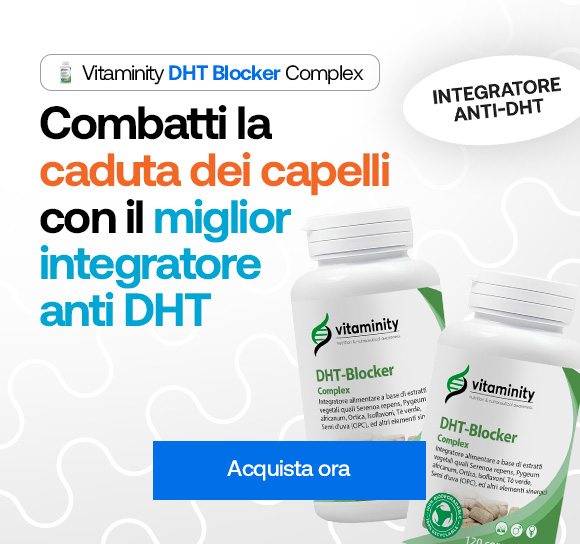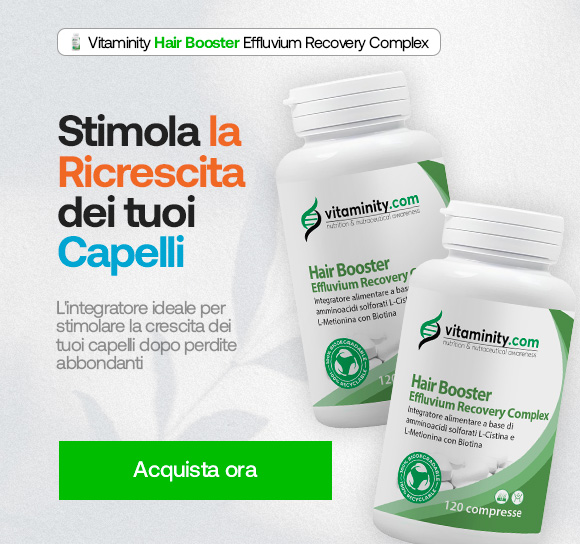It’s been firmly established that alopecia androgenetica, more commonly known as male pattern baldness or just pattern baldness, is initiated by dihydrotestosterone (DHT) attaching to the receptor sites on the hair follicles.
Genetically, only the follicles on the top of the head are encoded with the receptor sites, which explains why hair along the side of the head and in the back of the head is not lost with age. The attached DHT on the receptor site is perceived as a foreign body and the immune system begins to destroy the hair follicle, shortening the growth phase and causing the hair shaft to become progressively finer in texture. In extreme cases, only a vellus hair remains.
The good news is that the follicles have the inherent capacity to mature to their former size.
Encouraged with the success of finasteride to reduce the amount of DHT in the scalp of patients with male pattern baldness (MPB), doctors and scientific researchers took another look at existing medications that are known to act as anti-androgens.
However, there have to be stringent criteria for an anti-androgen that can be used to combat or even reverse pattern alopecia. The ideal anti-androgen should have the following properties:
· It has to have potent anti-androgen activity;
· It should selectively prevent or successfully compete with DHT without changing testosterone levels;
· It should be effective topically, so it can be conveniently applied with minoxidil solutions and
· Even though it?s easily absorbed into the skin, it should not have any systemic effects.
That?s a tall order. Surprisingly enough, there is such a medication:
spironolactone. And it?s not a new medication.
For over thirty years spironolactone has been used as an antihypertensive and a diuretic. More recently, it has been used to treat hirsutism in women. Using spironolactone to treat hirsutism may sound contradictory, but body hair (e.g. chest, face, axilla, pubis, etc.) is promoted by testosterone and since spironolactone is a potent anti-androgen, it?s successfully used to eliminate unwanted hair on the body.
On the top of the head, where the hair is adversely affected by DHT, spironolactone has just the opposite effect.
Spironolactone exhibits anti-androgenic effects in both males and females. Taken orally, it is such a potent anti-androgen that, although it is an effective anti-hypertensive drug, it is rarely used to treat men with hypertension because of its feminizing properties, including painful gynecomastia.
However, applied topically, spironolactone does not have any systemic side effects. Clinical evaluations of topical applications of spironolactone concluded that “as far as the topical use is concerned spironolactone seems to be highly effective with absence of systemic effects”.
Physicians have been treating patients for MPB for well over twelve years and there have not been any reports of side effects. In my own experience with a combination topical solution of 5% minoxidil and 2% spironolactone, the results are at least as good as 5% minoxidil topically and finasteride 1 mg orally with the decided advantage of zero side effects.
Among its other properties as an anti-androgen, spironolactone is a potent competitive inhibitor of DHT at its receptor sites. Therefore, spironolactone effectively prevents DHT from attaching to the receptor sites on the hair follicles.
As a result, the follicles no longer atrophy and can mature again to their normal size.
And it does so without decreasing the circulating levels of DHT in the body. By comparison, finasteride inhibits the formation of DHT, causing troublesome side effects in a small percentage of patients.
Multiple studies in various medical centers document that spironolactone is effective when applied topically. In studying the anti-androgenic effects of topical spironolactone at the Department of Dermatology at New York University School of Medicine, researchers established that spironolactone concentrations of 0.01% to 5% produced a dose responsive decrease.
We chose to use the combination of 5% minoxidil and 2% spironolactone in an alcohol-based solution. The effect of the medications is more than synergistic. They?re additive. Whereas neither medication alone is effective for the majority of patients, the success of the combination has been experimentally proven. Our own success rate with this formulation has been approximately 70-75%.
Still, there are some minor drawbacks with the use of topical spironolactone. The spironolactone has an inherent disagreeable odor and spironolactone is not particularly stable in solution form. When spironolactone is mixed in the same solution as minoxidil, the resulting solution becomes extremely malodorous. Once again we engaged the services of a distinguished pharmacologist and an analytical biochemist to produce a formula that will not compromise the bioavailability of the 5% minoxidil nor the 2% spironolactone. At the same time we want to mask the unpleasant odor of the spironolactone and stabilize the compounds in solution. We haven?t solved all the problems yet, but we’re making good progress.











